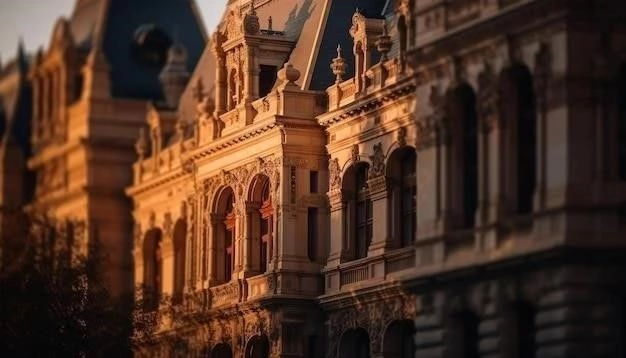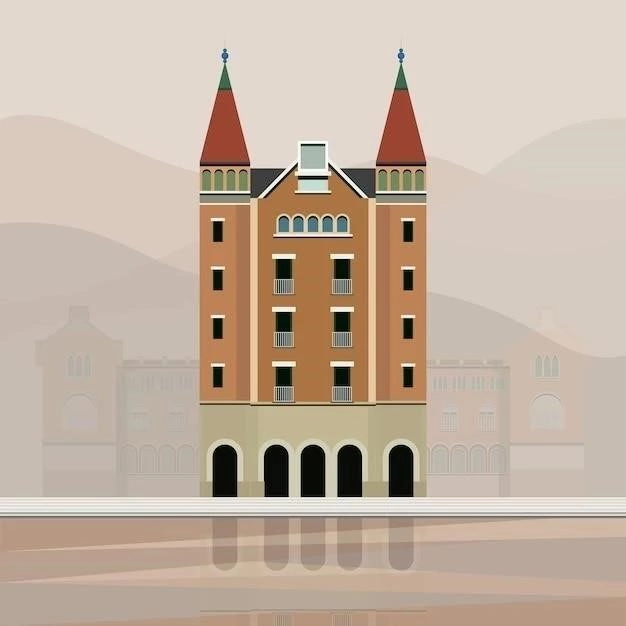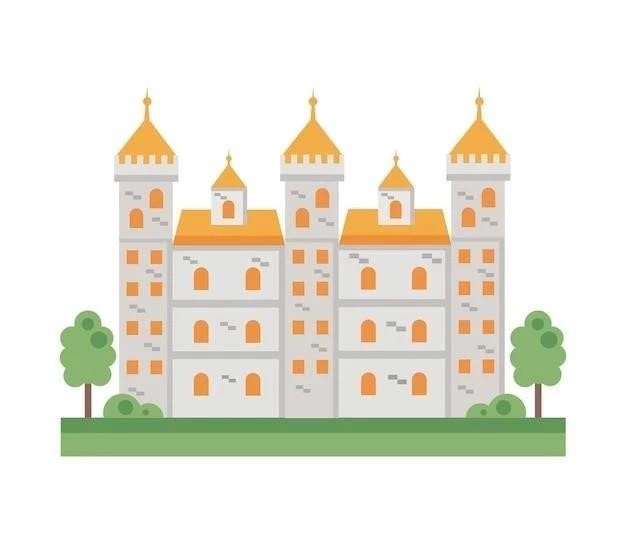The City Palace, a magnificent architectural gem nestled in the heart of Jaipur, India, stands as a testament to the grandeur and opulence of the Rajput era․ This sprawling palace complex, a captivating blend of Rajput, Mughal, and European architectural styles, served as the seat of power for the rulers of Jaipur for centuries and continues to be owned by the royal family to this day․

A Tapestry of History
The history of the City Palace is inextricably intertwined with the history of Jaipur itself․ Its origins can be traced back to 1727, when Maharaja Sawai Jai Singh II, the founder of Jaipur, commissioned its construction․
Maharaja Sawai Jai Singh II, a visionary ruler known for his interest in astronomy and urban planning, envisioned a new capital city that would reflect his progressive ideals․ He shifted his capital from Amber to Jaipur, and the City Palace became the nucleus of this new metropolis․
Over the centuries, subsequent rulers added their own embellishments and extensions to the City Palace, resulting in the magnificent complex we see today․ Each addition reflects the architectural sensibilities and tastes of the era in which it was built, creating a fascinating tapestry of architectural styles․
An Architectural Symphony
The City Palace is renowned for its harmonious blend of architectural styles․ The Rajput influence is evident in the use of red and pink sandstone, intricate carvings, delicate jalis (latticework screens), chhatris (domed pavilions), and sprawling courtyards․ These elements are seamlessly intertwined with Mughal features such as grand arches, expansive domes, and exquisite floral motifs․
The palace complex is spread over a vast area, encompassing numerous courtyards, gardens, palaces, and temples․ Some of the most notable structures within the complex include:
- Chandra Mahal: This seven-storied palace, painted in a striking shade of ochre yellow, served as the residence of the Maharajas․ Today, it houses a museum showcasing royal artifacts and textiles․
- Mubarak Mahal: Built in a blend of Islamic, Rajput, and European styles, this palace now serves as a museum displaying royal costumes, weaponry, and manuscripts․
- Diwan-i-Khas: This hall of private audience features ornate decorations and houses the famous silver vessels, said to be the largest silver objects in the world․
- Govind Dev Ji Temple: Dedicated to Lord Krishna, this temple is an integral part of the City Palace complex and holds great religious significance․
A Window into the Past
Today, the City Palace is not only an architectural marvel but also a living museum, offering visitors a glimpse into the opulent lifestyle of the royal families of Jaipur․ The palaces, halls, and courtyards are adorned with exquisite paintings, murals, and artifacts, each narrating a story of a bygone era․
The City Palace continues to be a source of pride for the people of Jaipur and a testament to the citys rich cultural heritage․ It stands as a reminder of the grandeur of the past and continues to inspire awe and wonder in all who visit it․

A Legacy Preserved
The City Palace stands as a testament to the foresight of its founders and the artistry of the countless craftsmen who contributed to its creation․ The descendants of the royal family have played a pivotal role in preserving this architectural and cultural treasure․ Recognizing its significance, they have opened a significant portion of the complex to the public, allowing visitors from around the world to immerse themselves in its splendor․
A Cultural Hub
Beyond its historical significance, the City Palace has evolved into a vibrant cultural hub․ The courtyards and halls host a variety of events throughout the year, including classical music performances, art exhibitions, and cultural festivals․ These events breathe life into the palace walls, connecting the past with the present and reaffirming the palaces role as a vital center of the community․

A Timeless Symbol
The City Palace of Jaipur is more than just a collection of buildings; it is a symbol of a rich heritage, a reflection of architectural brilliance, and a testament to the enduring legacy of the Rajput rulers․ It stands as a beacon of history and culture, inviting visitors to step back in time and experience the grandeur and opulence of a bygone era․
Whether admiring the intricate details of its architecture, wandering through its serene gardens, or immersing oneself in the stories held within its walls, a visit to the City Palace is an unforgettable journey into the heart of Jaipurs royal past․

Beyond the Gilded Facade: Delving Deeper into the City Palaces Significance
While the City Palaces aesthetic grandeur is undeniable, its significance extends far beyond its visual appeal․ It serves as a repository of history, embodying the evolution of Jaipurs socio-political landscape and the rich cultural tapestry of the region․
A Chronicle in Stone and Mortar
The palace complex, with its diverse architectural vocabulary, narrates a compelling tale of continuity and change․ The initial Rajput structures, characterized by their robustness and regional idioms, reflect the power and prominence of the early rulers․ The subsequent Mughal influences, seen in the graceful arches and delicate embellishments, speak to a period of cultural exchange and synthesis․ The later additions, imbued with European elements, hint at the expanding global connections of Jaipurs ruling elite․
A Mirror of Rajput Patronage
The City Palace stands as a powerful testament to the Rajput rulers patronage of the arts and crafts․ The intricate carvings on the palace walls, the vibrant murals depicting mythological scenes and court life, and the exquisite textiles and weaponry displayed within the museum all speak to the high level of craftsmanship fostered under their reign․ These artistic treasures not only served aesthetic purposes but also functioned as visual narratives, communicating the power, legitimacy, and cultural sophistication of the ruling dynasty․
A Continuing Legacy
Today, the City Palace transcends its historical role to remain a vibrant center of cultural activity․ The royal family, committed to preserving their heritage, has transformed parts of the palace into museums, offering visitors a glimpse into their world․ The ongoing conservation efforts, often carried out in collaboration with international organizations, ensure that this architectural marvel will continue to inspire generations to come․
A Place of Enduring Fascination
The City Palace, with its compelling blend of history, art, and architecture, continues to captivate the imagination of visitors from around the globe․ Whether one is an architecture enthusiast, a history buff, or simply seeking a moment of tranquility amidst the bustling city, the City Palace offers a unique and enriching experience․ It serves as a reminder that some legacies transcend time, connecting us to the past while inspiring future generations to preserve and celebrate the richness of human history and creativity․










